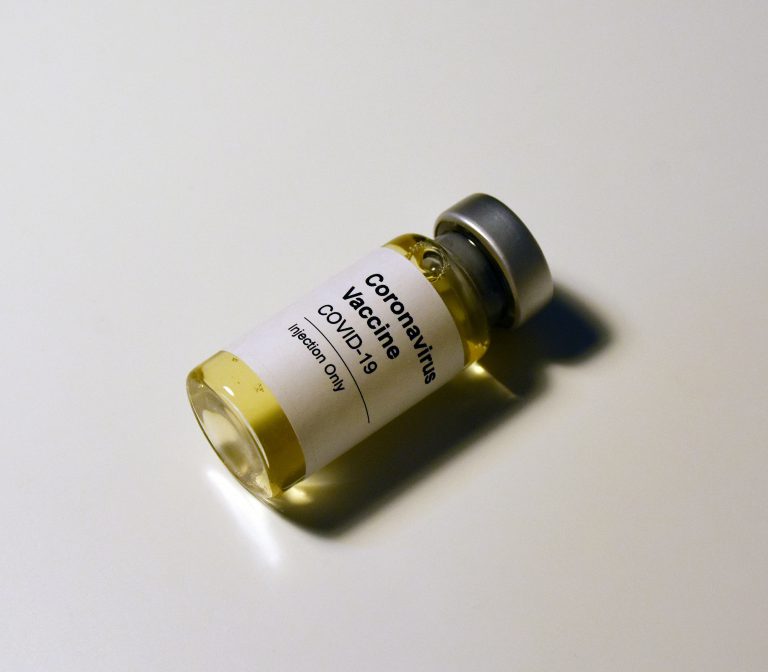Researchers from the Duke University Departments of Biomedical Engineering and Biostatistics & Bioinformatics report that skin tone does not significantly impact the accuracy of wearable sensors. This means that consumers who purchase faultless units should get readings that reflect their actual heart rate for the period measured, and not significantly influenced by a body’s melanin production. However, other factors may come into play, such as the individual’s amount of activity, or whether they have had body modification procedures.
Links between skin tone and accuracy
Speculations on the link between skin tone and accuracy were first raised in 2017 when the Journal of Personalized Medicine published an article titled “Accuracy in Wrist-Worn, Sensor-Based Measurements of Heart Rate and Energy Expenditure in a Diverse Cohort.” A team of researchers headed by the Stanford University Department of Medicine said that of seven devices they tested in a laboratory setting, none provided readings for Energy Expenditure (EE) below 20% median error.
EE quantifies the energy a person needs for physical functions, such as breathing, circulating blood, or digesting food. The researchers used the Apple Watch, Basis Peak, Fitbit Surge, Microsoft Band, MIO Alpha 2, PulseOn, and Samsung Gear S2, which were the commercially-available wrist-worn devices at the time that fit their criteria. These results were reported on by Stat News in 2019, who reported that green light might be a reason for the inaccurate readings. According to the same article, sensors for these devices used green light, which is absorbed by melanin-rich skin, leading to a faulty result.
Technological devices used in research
In Duke’s study, the researchers used Apple Watch, Fitbit, Garmin, Xiaomi Mi band, Empaica E4, and Biovotion Everion. The researchers report that there was no statistical correlation between the amount of melanin in an individual and the accuracy of the device. However, they noted more than 30% absolute error during movement, regardless of skin tone. According to the study, other possible factors that might affect performance include rhythmic movements, tattoos, wearing a watch too tightly, participating in activities that cause wrist flexing, and skin perfusion.
Because there are inaccuracies in the readings, researchers from both studies emphasized the need for continued research, especially into newer devices. They also highlighted the responsibility of companies in assessing the effectiveness of their devices. These companies, according to both groups, should be responsible for providing complete information on their assessment methods and the results from these. Of all the companies with devices tested, only Apple has widely publicized clinical trials of their own on the Apple Watch.
The Apple Heart Study also examined the effectiveness of heart rate sensors in identifying atrial fibrillation, a type of irregular heartbeat. Surveying 400,000 volunteers, Apple reported mixed results—there were few false positives, but there were also people later diagnosed with atrial fibrillation whose conditions did not register on their devices.
Final words
According to market research studies, 16% of Americans report owning a smartwatch. Apple, Samsung, and Fitbit have a share of sales at a combined 88%, and more products are entering the space every year. With the growing popularity of wrist-worn measuring devices, both for personal use and in research laboratories, it is becoming increasingly important that manufacturers are able to roll out more reliable units.
For more developing stories in the medical field, browse our site today!
















